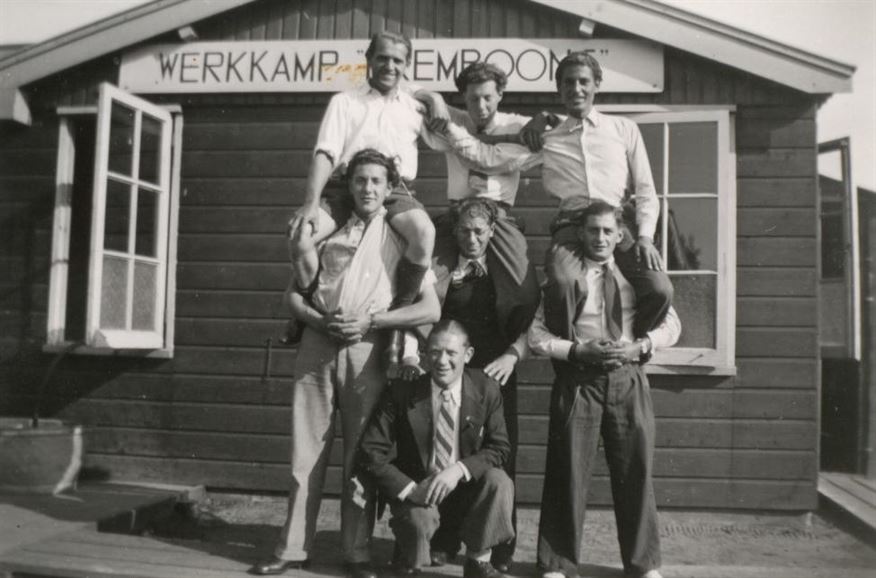History
When Adolf Hitler rose to power in Germany in 1933, the hunt for his political adversaries began. For Jews, life became increasingly difficult: step by step, they were isolated. Not everyone sat there and waited. More and more Jews fled abroad. After the Reichskristallnacht on 9 November 1938, the first overt persecution of the Jews, a large flow of refugees came to the Netherlands.
The Dutch hospitality left something to be desired. Up untilt he beginning of the war, 10,000 Jewish refugees were admitted; others came into the country illegally. The Dutch government did not plan to invest in shelter for these people; all initiatives were started by individuals. The refugees went from camp to camp. Their suitcases always had to be packed and ready. The government saw that things couldn’t go on this way and thought to have found the solution by building a central refugee camp on the Veluwe, in the vicinity of Elspeet. Local residents and the ANWB protested against this, but Queen Wilhelmina’s objection was decisive. Her secretary notified Minister of Internal Affairs Van Boeyen that a refugee camp close to Palace ‘t Loo could not receive royal assent. The cabinet aimed their gaze at Drenthe, where there was a large section of untapped land at the edge of the municipality of Westerbork. Lonesome, wild and rough, and empty. Perfect for the Central Refugee Camp (Centraal Vluchtelingenkamp).





